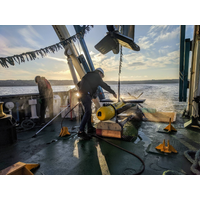
Kraken Reports 126% Revenue Jump in 2019
and commercial markets.”Based on deliveries already made, Kraken said it is forecasting consolidated first quarter 2020 revenue of $6 million – $6.5 million compared to $1.4 million in the first quarter 2019.Kraken said it is not currently experiencing major impacts from the recent oil price collapse and coronavirus pandemic, but noted these could affect its supply chain, customers, employees and operations and impact the number of contracts closed, sales cycle lengths and ability to deliver product and services in a timely manner
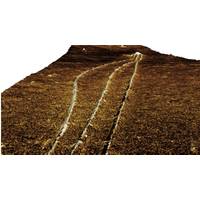
Kraken Reports Contracts Worth $2.8 Million
and development as well as sales and marketing. KRaken said it expects relationships with strategic partners such as ThayerMahan and Ocean Infinity and numerous customer sea trials to continue to generate revenue growth.Kraken also said it is not currently experiencing major impacts from the recent oil price collapse and coronavirus pandemic, but noted that these developments could affect its supply chain, customers, employees and operations, which could of course impact the number of contracts closed, sales cycle lengths and ability to deliver product and services in a timely manner.Kraken went on to share
Drilling Activity Buoyant in Norway
to an uptick in exploration drilling, a segment that will see around 55 wells completed,” says Eivind Drabløs, an analyst on Rystad Energy’s offshore rig team. “This brings activity levels in line with the record pace last seen in 2013 and 2015, before the effects of the oil price collapse took hold on the drilling market in Norway.”Subsea development wells are forecast to experience a growth spurt beginning in 2020 and lasting several years. Several large upcoming subsea field developments, such as Johan Castberg, Snorre Expansion, and Wisting, will also spark an increase
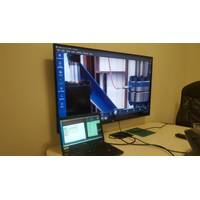
Remote Surveillance for Subsea Equipment Manufacturing
The oil price collapse of 2014 triggered a wave of cost reduction among upstream businesses that saw global oil and gas companies slash capital expenditures by about 40 percent between 2014 and 2016. For DNV GL, the message was clear: everyone in the supply chain must advance cost reduction strategies for the offshore industry to remain competitive. With innovation and cost savings in mind, DNV GL developed a solution for remote surveillance service for subsea equipment manufacturing. The primary goal of this new alternative was based on cost savings, improved safety for surveyors
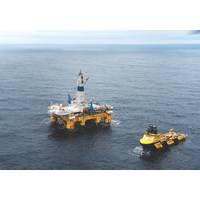
Norway's Heavyweights & Entrepreneurs
Signs of recovery and innovation in Norway’s offshore sector Big lender Swedbank’s chief economist, Harald Andreassen, isn’t “too hopeful” about the long-term prospects for the oil price, but then again, “I’m less certain of this than I’ve ever been as an economist,” he tells a floating production conference in Oslo. After two-and-half years of oil-price collapse followed by layoffs in the thousands; stacked oil rigs and order freezes for offshore shipping, price insecurity itself is a partial expression of confidence. Beneath
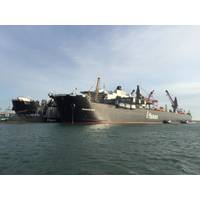
Decommissioning Market to Boom to 2040
costs each year, rather than the substantial amounts required for decommissioning work. Nevertheless, times are changing. Typically, producing fields are less affected by fluctuations in oil prices than those at the pre-sanctioning stage; however, the long-term nature of the current oil price collapse has forced operators to consider revising their standard operating model in favor of decommissioning. Many North Sea platforms are late in life – far past their initial production expectations – and are only producing through utilizing costly life extension practices. As a result
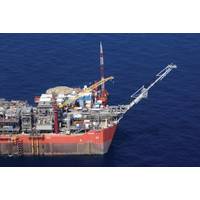
Floating Production's Future: The 6 Things You Need to Know Now
. By March 2015 the price had fallen to around $55 per barrel – and in late March 2016 Brent was trading around $40 per barrel. The nadir was on 20 January 2016 when spot Brent closed at $26 – a level far below the breakeven on many oil fields. As a result of the oil price collapse, daily announcements of lower capital spending have been common over the past six to 12 months – from majors like ExxonMobil to smaller upstream players like Premier, Cobalt, others. ExxonMobil, for example, in March said it will budget $23.2 billion in capital spending in 2016 &ndash
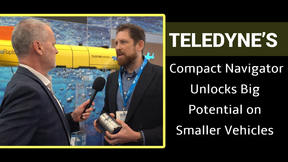
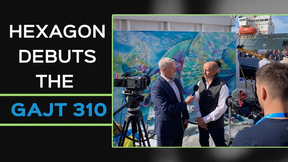
 February 2025
February 2025





